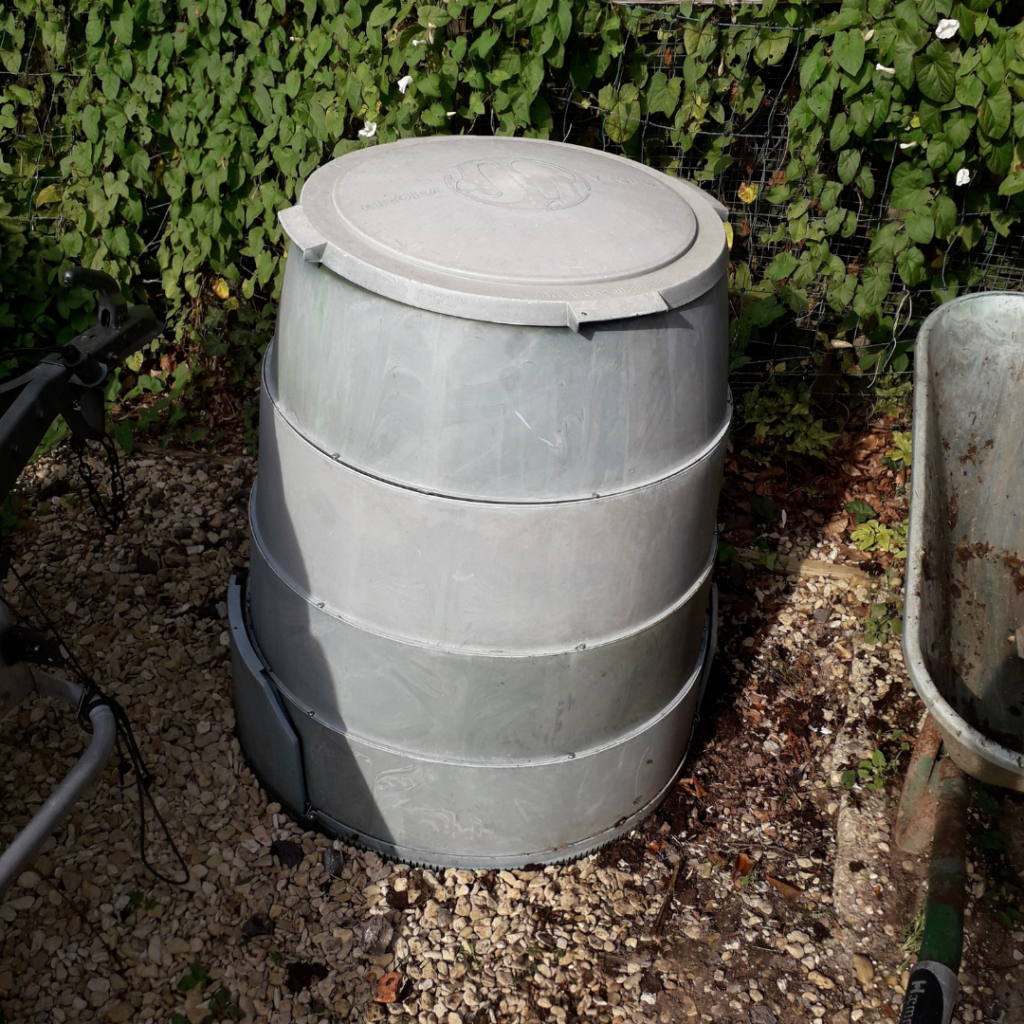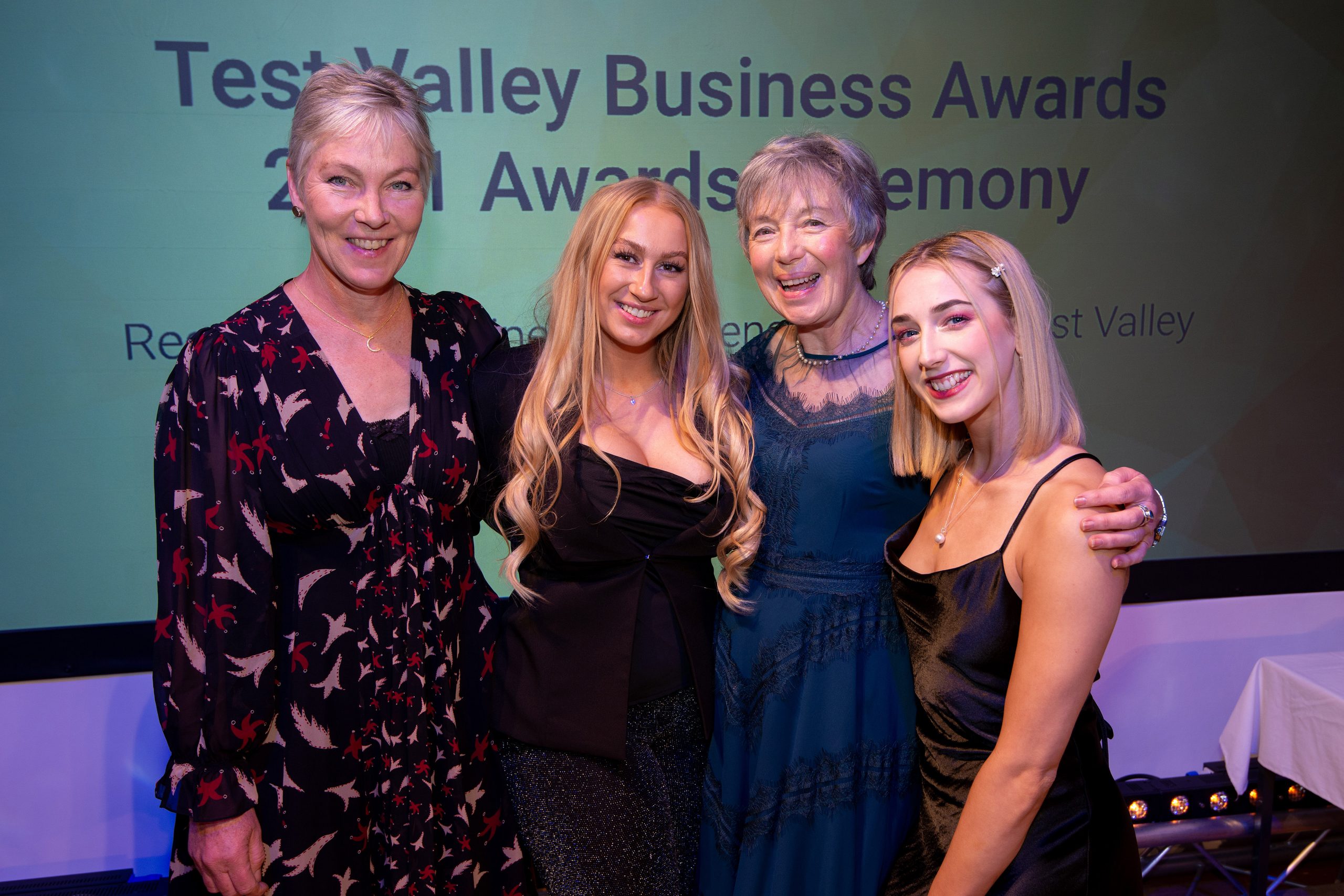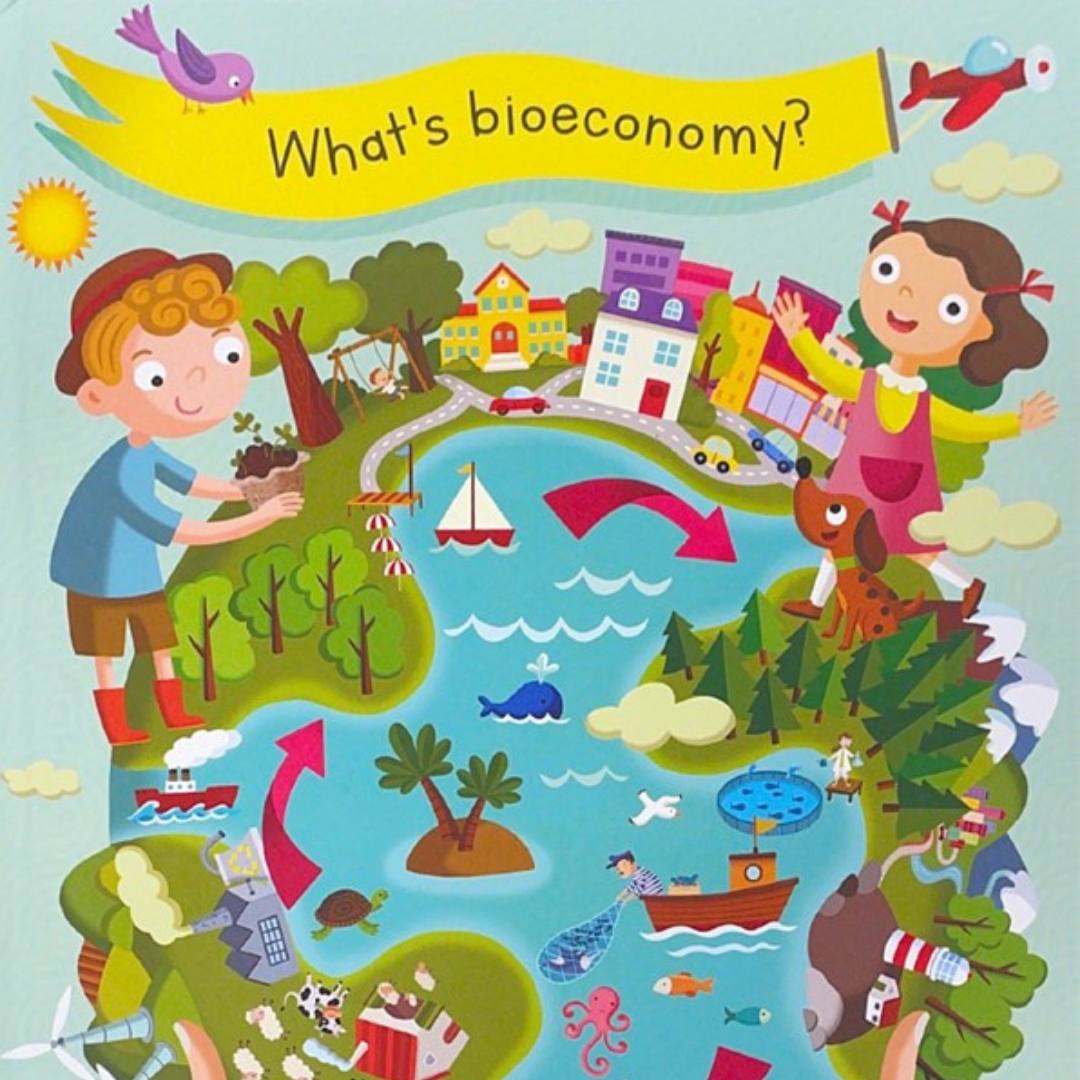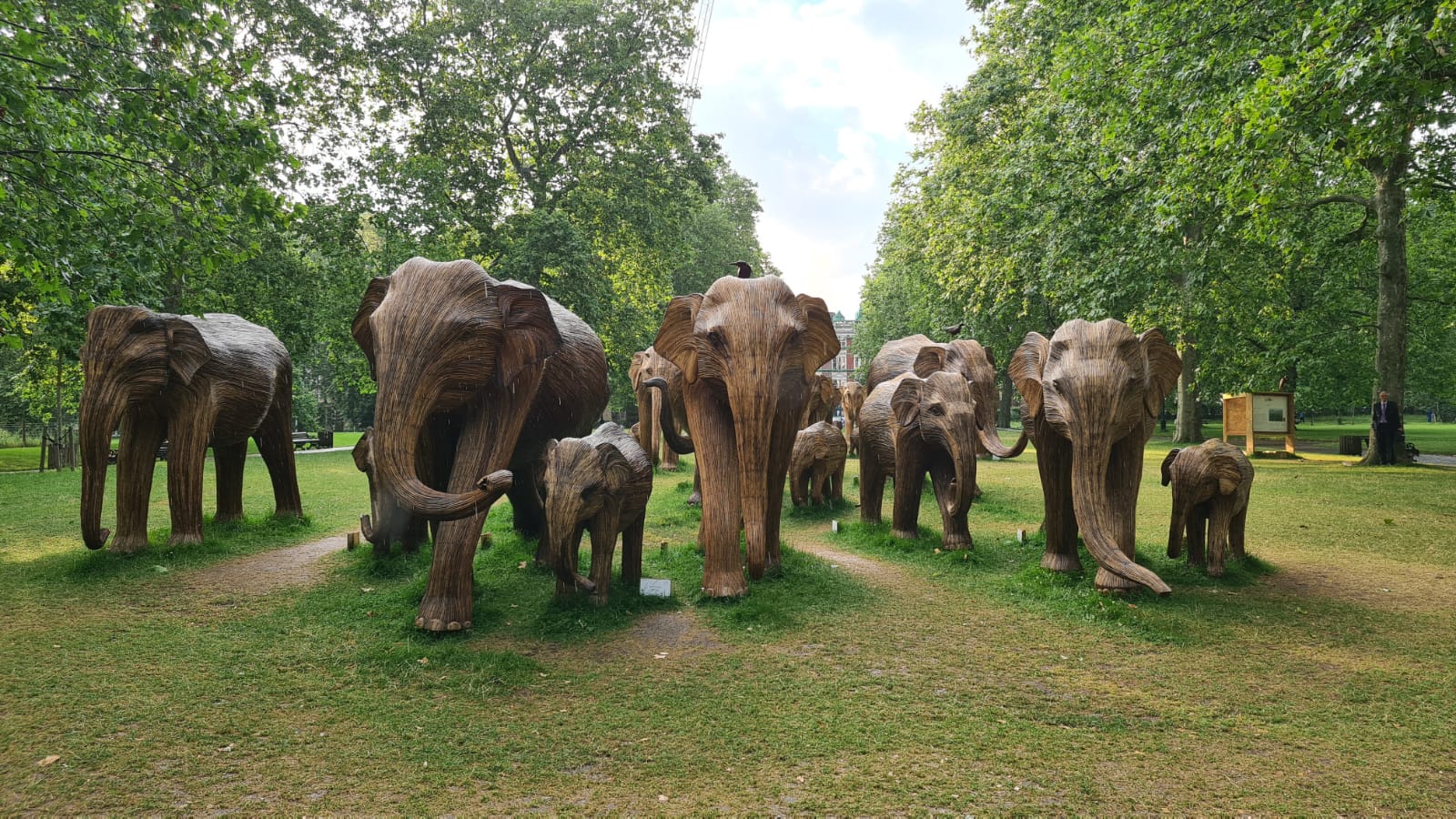The exercise confirmed for me that there is still a long way to go to ensure that as a consumer I can begin to trust the messaging around compostable and biodegradable items. I personally need to feel more confident that the materials I am being encouraged to introduce into my home compost system, that will end up on my vegetable garden and ultimately in my food, are indeed safe. The introduction of additional, often complex materials to our waste system that is not yet designed to cope with them, would seem to be misguided and could result in additional negative effects on the environment.
However, if the messaging sent out is honest and straightforward, there are opportunities for bio-based products to have a positive impact on the environment. More research is required about the end-of life options for these materials and the investment in infrastructure required to deal with them before they are made more widely available.
The UCL Big Compost experiment is ongoing and everyone is encouraged to participate. To find out more visit https://www.bigcompostexperiment.org.uk
*Interestingly, I have noticed that The Guardian no longer uses the ‘compostable’ wrapping for their magazines and have changed to using paper which is widely recyclable through most local authority systems – much simpler.










